Technology has fundamentally transformed every aspect of the music industry, from how music is created and distributed to how it’s consumed and experienced live. This has both democratized the industry for artists and created new ways for fans to engage with music.
Creation and Production
Technological advancements have made music production accessible to a much wider audience. Digital Audio Workstations (DAWs), like Logic Pro and Ableton Live, allow artists to compose, record, edit, and mix high-quality music from their laptops, eliminating the need for expensive, traditional recording studios. This has fueled a surge in independent artists who can produce professional-sounding tracks from their homes. Additionally, the rise of AI in music is an increasingly important topic, with tools that can generate melodies, suggest chord progressions, and even automate mixing and mastering tasks. While some see AI as a threat to human creativity, others view it as a powerful new tool for artists.
Distribution and Consumption
The way we listen to music has been completely reshaped by technology. The shift from physical media (CDs, vinyl) to digital files led to the era of piracy with platforms like Napster, which initially caused a massive decline in music sales. However, this eventually gave way to the streaming era with services like Spotify and Apple Music. These platforms provide on-demand access to millions of songs for a flat fee, which has become the dominant model for music consumption. They also use algorithms to personalize playlists and recommend new artists, changing how we discover music. For artists, these platforms have become the primary way to distribute their work, allowing them to reach a global audience instantly without the need for a major record label.
The Live Experience
Technology has also revolutionized live music. Concerts are no longer just about the sound; they are now multi-sensory experiences. High-resolution LED walls, intricate 3D mapping, and synchronized light shows are now standard at large-scale concerts and festivals, creating immersive visual spectacles that enhance the music. Beyond the stage, technologies like augmented reality (AR) and virtual reality (VR) are being used to create interactive fan experiences. For example, some venues and artists offer AR filters that add visual effects to a live show when viewed through a phone, while VR concerts allow fans to attend a show from anywhere in the world.
BY OURTOWNRADIO
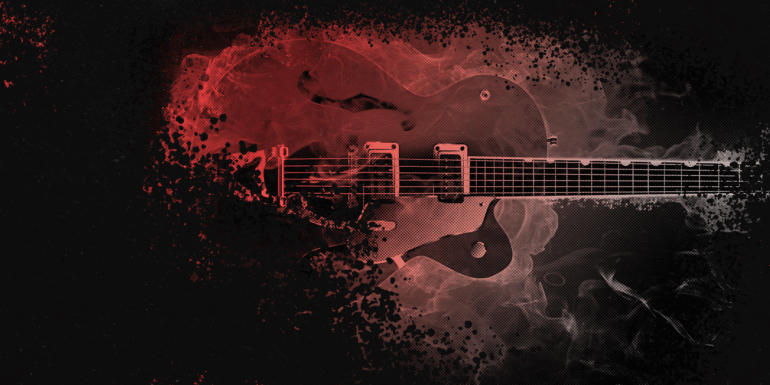




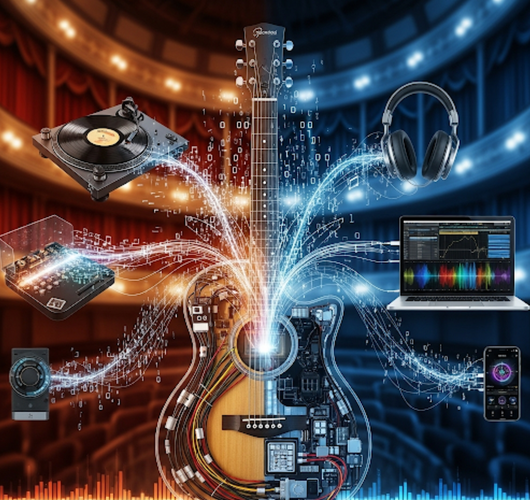
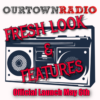

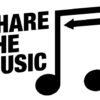

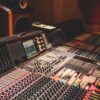





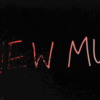

Post comments (0)